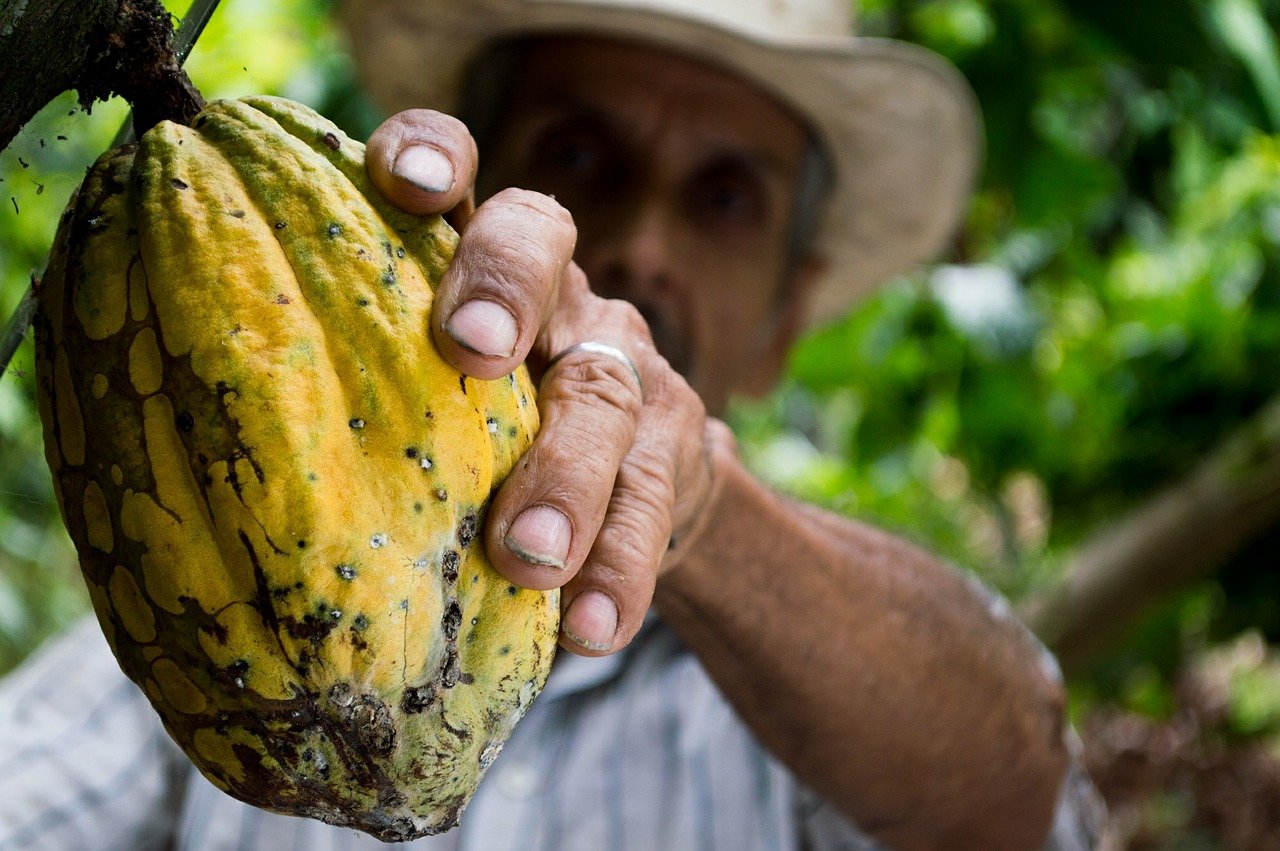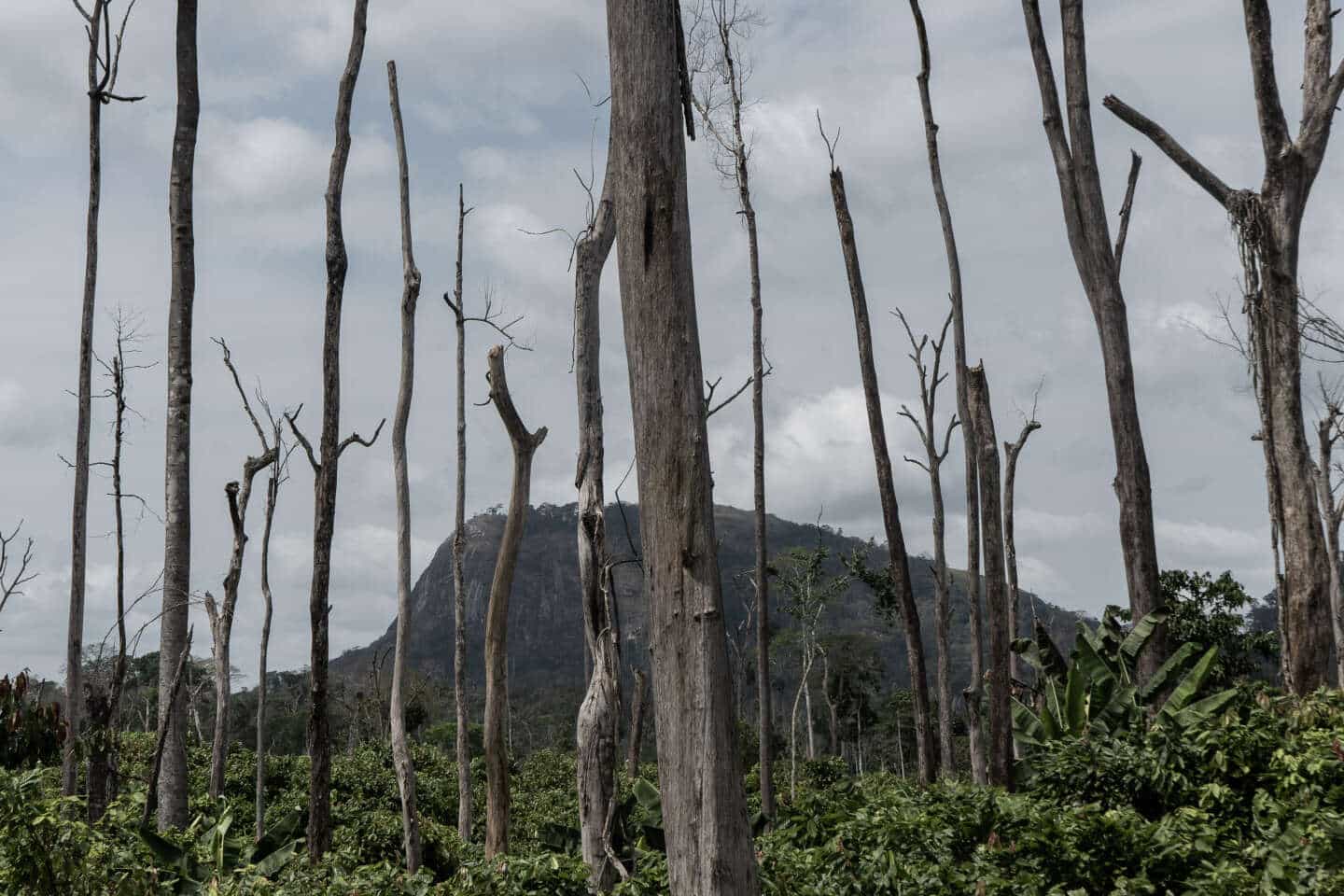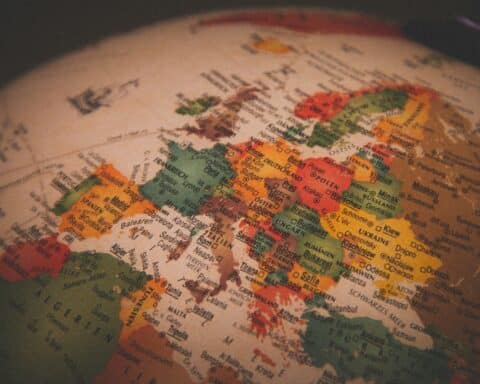Easter wouldn’t be the same without its iconic chocolate eggs. A tradition that, once again this year, delighted both young and old. However, a shadow looms over the chocolate industry.
For the first time in its history, the price of cocoa beans has surpassed the symbolic threshold of $10,000 per ton on Tuesday, March 26th. Industrial giants are destabilized by this meteoric rise and the prospect of dwindling stocks. Given the increasing consumption of chocolate worldwide, the scenario of shortage is worrisome.
The Chocolate Frenzy
Cocoa productions are facing increased and global demand. Asian countries, in particular, have developed a newfound taste for chocolate. Since the 1990s, the market growth in China has led foreign brands such as Ferrero, Cadbury, or Mars to establish themselves.
This indulgence quickly integrated into the country’s traditions. In the case of the Mid-Autumn Festival, held annually in China, mooncakes are the event’s specialty. Typically filled with red beans, egg yolk, or meat, these pastries have been revamped by giants like the American Starbucks or the Belgian chocolatier Godiva, who now offer chocolate mooncakes.
By capitalizing on this new attraction to cocoa, brands ensure themselves an increasingly extensive clientele.

Harvests in Peril
The primary factor of this cocoa crisis? Current adverse weather conditions. The phenomenon, “El Niño,” responsible for the extreme temperatures observed a few weeks ago, particularly in Brazil, also impacts Africa. Ivory Coast and Ghana, the main cocoa bean producers, account for over 60% of global cocoa.
“El Niño” is said to have lowered their last overall harvest by 11%, according to the International Cocoa Organization. Demand could exceed supply by nearly 400,000 tons this year. A situation that is expected to have rapid repercussions on global stocks.
Melting Actions
The recent surge in cocoa prices worries investors concerned about their margins. In the United States and Europe, industry professionals are keeping a close eye. The agri-food giant Nestlé (Smarties, Lion, KitKat) has seen its stock on the Zurich Stock Exchange gradually falter since 2023, losing about 18% in almost a year. Over the same period, Barry Callebaut, the world’s largest bulk chocolate producer, faces a loss of 33%.
The situation is no better on the other side of the Atlantic. On Wall Street, the giant Mondelez, owner of Côte d’Or, Milka, and Toblerone, witnessed a nearly 10% decline over a year.
A Destructive Industry
While the scarcity of chocolate might distress the gourmands, the environment will fare better. Producing one kilogram of chocolate alone represents nearly 30 kilograms of carbon. This high figure is due to the deforestation caused by cocoa bean cultivation.
In 2018, the NGO Mighty Earth unveiled alarming statistics about this industry. In Ghana and Ivory Coast, nearly 14,000 hectares of forest have disappeared, equivalent to 15,000 football fields. The demands of major industries encourage agriculture to violate measures taken for forest protection and even impact protected areas.
NGOs estimate that at this rate, all Ivorian forests will have disappeared by 2034 if the trend does not reverse. A sensitive issue for industrial giants, but also for local farmers who rely on the production of these beans.
Read also> CONGOLESE CONFLICT: THE REASONS FOR AN EXTENSION TO ITS CLOSE AFRICAN NEIGHBORS
Featured Photo : © Pexels


















